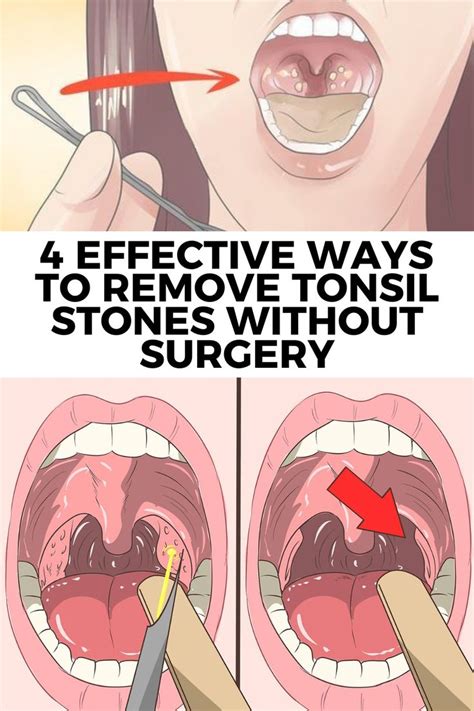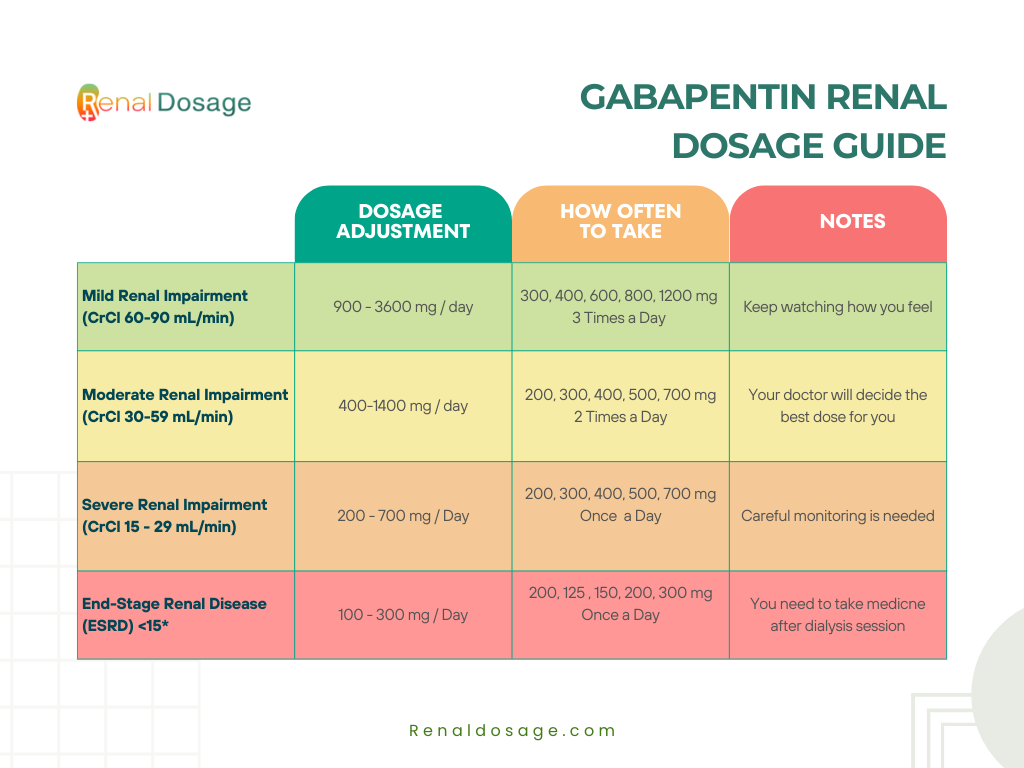The unwanted and often painful presence of tonsil stones can disrupt daily life, affecting not only our ability to swallow and eat but also our self-confidence due to bad breath. These small, hard white or yellowish deposits form on the surface of the tonsils and can be a significant source of discomfort and distress. Fortunately, there are several methods for tonsil stones removal that can be done at home or with medical assistance, catering to different needs and preferences. Understanding the causes, symptoms, and various removal techniques can empower individuals to tackle this issue effectively.
Understanding Tonsil Stones
Before diving into the removal methods, it’s essential to understand what tonsil stones are and how they form. Tonsil stones, also known as tonsilloliths, are collections of debris that have accumulated in the small crevices of the tonsils. This debris can include dead cells, mucus, and bacteria. When this material becomes trapped and is not naturally cleared from the tonsil crypts, it can harden over time, forming a tonsil stone. Factors such as poor oral hygiene, large tonsil size, and chronic sinus infections can increase the likelihood of tonsil stone formation.
Home Remedies for Removal
Many individuals prefer to start with home remedies for tonsil stones removal due to their non-invasive nature and ease of use. Here are some of the most commonly recommended methods:
- Gargling with Salt Water: Mixing a teaspoon of salt in warm water and gargling several times a day can help reduce swelling and may dislodge small stones.
- Cotton Swab Technique: Using a clean cotton swab to gently push against the tonsil and encourage the stone to come out. This method requires care to avoid pushing the stone further into the tonsil.
- Waterpik: A Waterpik can be an effective tool for dislodging tonsil stones by shooting a pressurized stream of water into the tonsil crypts.
- Oral Probiotics: Maintaining good oral health with probiotics can help prevent stone formation by supporting a healthy oral microbiome.
Professional Removal Methods
For larger stones or when home remedies are not effective, professional medical assistance may be necessary. Here are some of the procedures a healthcare provider or an ear, nose, and throat (ENT) specialist might recommend:
- Manual Removal: A healthcare provider can use specialized tools to physically remove the tonsil stones. This procedure might require local anesthesia to minimize discomfort.
- Coblation: A minimally invasive procedure that uses low-temperature plasma to remove or reduce the size of the tonsils, thereby eliminating the stones and reducing the chance of recurrence.
- Tonsillectomy: In severe cases where tonsil stones are recurrent and significantly impact quality of life, surgical removal of the tonsils might be considered. This is typically a last resort due to the risks and recovery time associated with surgery.
Prevention: The Best Approach
While removal methods can alleviate the discomfort caused by tonsil stones, prevention is the most effective long-term strategy. Here are some preventive measures:
- Maintain Good Oral Hygiene: Regular brushing, flossing, and tongue scraping can help reduce the amount of debris that can accumulate in the tonsils.
- Gargle Regularly: Using an antibacterial mouthwash or a saline solution can help keep the mouth clean and reduce bacterial load.
- Stay Hydrated: Drinking plenty of water helps keep the mouth moist, preventing the drying out of mucus and other debris that can form stones.
- Regular Dental Check-Ups: Regular dental visits can help identify oral health issues before they become significant problems.
FAQ Section
Q: How do I know if I have a tonsil stone?
+A: Common symptoms include bad breath, sore throat, difficulty swallowing, and a sensation of something being stuck in the back of the throat. Visually, you might see a small, white or yellowish lump on the surface of the tonsil.
Q: Can tonsil stones cause long-term damage?
+A: While tonsil stones themselves do not cause long-term damage, they can lead to chronic inflammation and infections if not properly managed. In rare cases, recurrent tonsillitis due to tonsil stones might necessitate surgical removal of the tonsils.
Q: Are there any risks associated with tonsil stone removal?
+A: Risks vary depending on the method. At-home removal methods are generally safe but can pose a risk of pushing the stone further in or causing minor bleeding. Professional removal methods, like any medical procedure, carry risks such as infection, bleeding, and, in the case of tonsillectomy, potential for respiratory complications during recovery.
In conclusion, dealing with tonsil stones requires a multifaceted approach that includes understanding their formation, exploring various removal methods, and most importantly, focusing on prevention through good oral hygiene and health practices. Whether opting for home remedies or seeking professional assistance, it’s crucial to prioritize oral health to eliminate these unwanted deposits and restore comfort and confidence.

